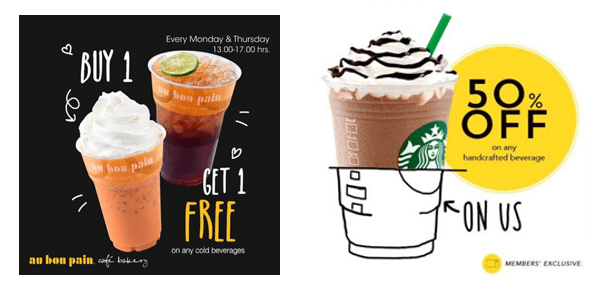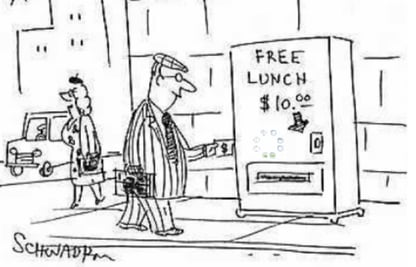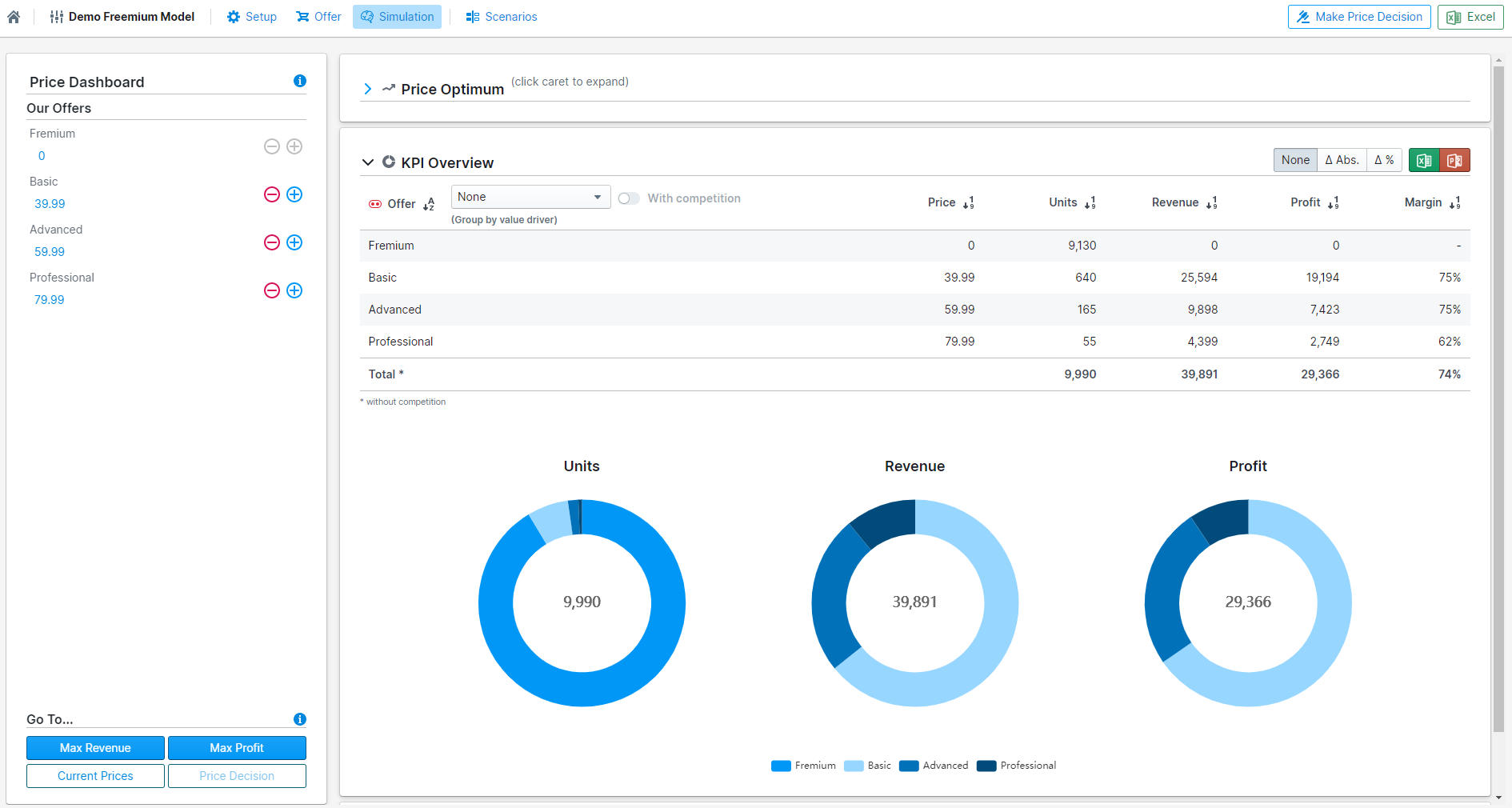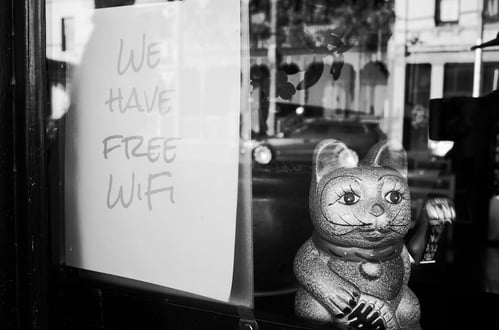Power of Free: The True Psychology Behind the Zero Price Effect
Free goods have extra magnetic power. Before consumers buy a product, they usually investigate its value and its price.
However, when something is offered for free, people might abandon their regular decision-making process. This psychological effect is known as the zero price effect.
How does the zero price effect work?
The zero price effect is based on an irrational consumer's behavior to value free goods over products priced slightly above zero. People tend to have lower expectations attached to free products, so it’s relatively easy to surpass them.
The logic is simple. For most consumers, the zero price effect makes deciding on a purchase easier. Instead of having to weigh the benefits vs. the costs of different product alternatives, a free option allows them to choose the one without the hassle, i.e., no costs.
A free product means no effort or time is required to make the decision. Moreover, research has shown that a ‘free’ offer may completely reverse the usual preference for the same commodity.
In an experiment, two types of chocolates were offered in a cafeteria: Hershey for 1 cent and Lindt for 14 cents. At these prices, 8% of people chose Hershey, and 30% chose Lindt. However, when both products were reduced by one cent so that Lindt cost 13 cents and Hershey was free, the demand for Hershey almost quadrupled to 31%. This irrational preference for free things is what we call the zero price effect or the Power of FREE!
The zero price effect in action
We have seen consumers line up for hours to grab a free coffee offered by a trending coffee brand, even though they buy a similar coffee every day at a very low price somewhere else. Surveys suggest that people value free products more and are willing to take unusual measures to get them simply because they cost nothing.
Free as a growth strategy
Companies worldwide use the zero price effect as a penetration pricing strategy, especially to introduce new products and capture market share.
Free goods have been shown to increase exposure, build reputation, and make consumers happy, thereby increasing customer advocacy and leading to more customers. According to Hubspot, 75% of people don’t believe adverts, yet 90% trust suggestions from family and friends, and 70% trust consumer reviews when making purchase decisions.
Free pricing is a powerful tool that can help businesses acquire new customers without paying for expensive advertising campaigns.
Freemium: The power of free as a business model
Over the past decade, we have observed digital products increasingly harness the power of free.
New business models such as ‘freemium’ allow customers to access services without paying for a premium subscription. By leveraging consumers' irrational behavior toward free things, entirely new ways of monetization become possible.
While the most motivated free users upgrade to a more premium paid plan or product, the others contribute to the overall awareness and network effects, e.g., of an online game. 
Extras, extras, extras: the zero price effect in product & service bundling
Product bundles are frequently used in the tourism industry. In these bundles, free components play a decisive role in increasing sales. Essentially, customers are offered a choice of multi-component packages.
Research shows that travelers prefer these additional components to a cheaper offer that does not include free services. Customers cannot rationalize the price of each bundle element, and adding a free add-on makes the offer seem more appealing.
The case of free shipping
Amazon’s recent introduction of free shipping services for purchases above €20 in Europe is yet another effective zero-price strategy.
In the countries where free shipping was offered, most customers instantly added further products to reach a purchase value of €20. Predictably, France, the only country that offered a shipping deduction, witnessed that customers did not add further products to reach €20. The zero-price model successfully drove up user numbers to higher levels.
Moving from principles to practice
After realizing the true power of zero, many companies spent a big budget developing free products. As we said before, free goods have extra magnetic power. By choosing the right product and time and making informed decisions with data, companies can create a sentimental value that can deepen customer loyalty.
However, figuring out the zero price effect is not enough. It is also important to consider the customers' behavior and conversion strategy.
Unlike the first step, where the consumers move past the product selection stage without a cost barrier, converting consumers to pay for the same product later can prove to be a bit of a hurdle. Once a brand gets a customer accustomed to free products or services, it’s tough to get them to pay for the same service or product later on.

There are three notable challenges when implementing the zero-price model.
- The gradual introduction of a paid version can result in consumers having to differentiate between two different sets of benefits—the free version vs. the paid version—complicating your brand’s true value.
- We have observed the zero-price effect fade once the consumer starts to think carefully about the free item. Its attractiveness seems to decline as they realize that obtaining it requires a sacrifice. A cost to obtaining something "free" seems counterintuitive.
- The conscious customer of today is starting to get ‘suspicious’ of ‘over generous’ brands providing free offers. This implies that the free strategy can even lead to unintended negative consequences for a brand.
A Buynomics case study: Is today’s customer suspicious or more aware?
In Buynomics' recent global behavioral pricing parametrization study, we A/B tested the zero-price effect. Two groups of consumers, each in three different countries, were given a choice between two data tariff plans.

In the first case, we gave customers the choice between a 3 GB or 5 GB data plan at €1 per month for 6 months. In the second case, however, the 3 GB plan was offered for the same price, but the 5 GB plan was offered at zero euros for the same time period.
Objectively, the 5 GB plan was more attractive in case 2 than in case 1 (no payment for the first 6 months vs. €1). Given the current science on the power of zero, the 5 GB plan should have been preferred substantially more often. However, the result was much more mixed:
In Spain and France, 64% and 46% of customers preferred to pay €1 for both data rates, respectively. In Germany, on the other hand, 10% of consumers switched to the free plan.
This raises the question: Is the zero price effect still a valid concept?
Given the experiment, the answer appears to be much more nuanced than popular science suggests. Contexts like product, culture, and industry greatly impact the validity of this effect.
Context is everything: Master the zero price effect on the Buynomics platform!

At Buynomics, we are constantly adding further behavioral traits to the repertoire of our platform's Virtual Shopper AI.
Our Virtual Shoppers make purchase decisions just like real customers when shown potential offers —single products or portfolios, at different price points, and with or without competition.
This technology allows Buynomics' users to find the offer that optimizes sales, revenue, or profit. Among a range of other behavioral traits, the Virtual Shoppers can also be susceptible to the price of zero.

November 22, 2022


.png?width=520&height=294&name=Blog%20Quote%20Images%20(17).png)